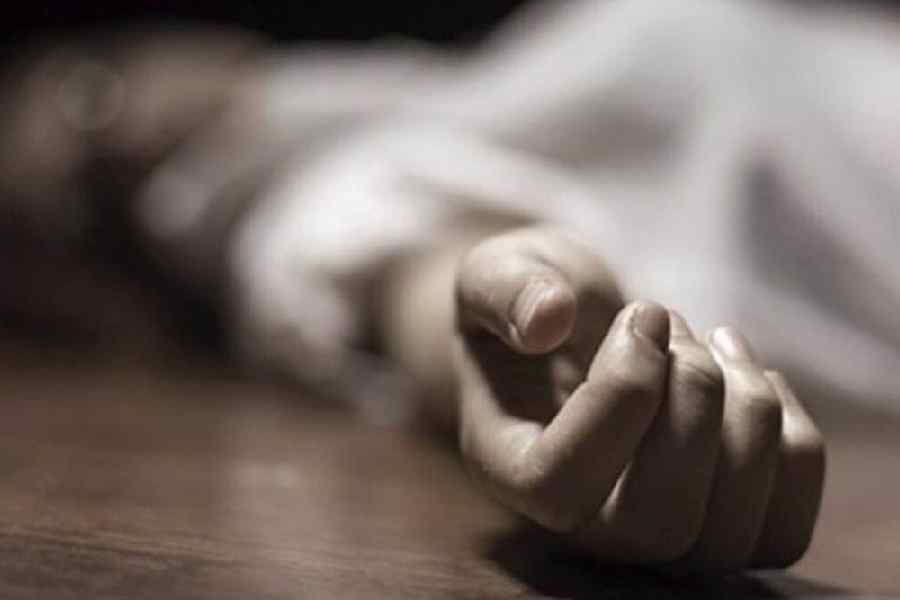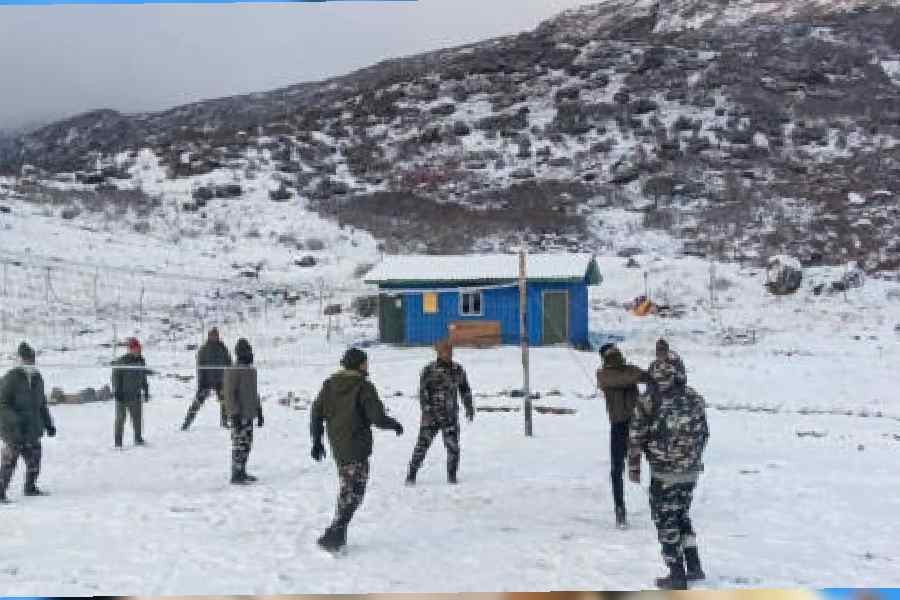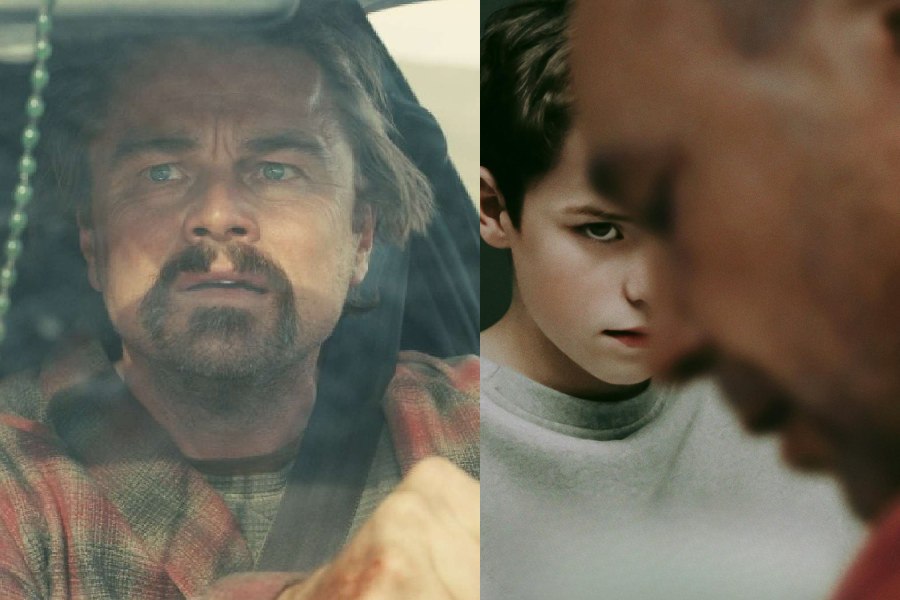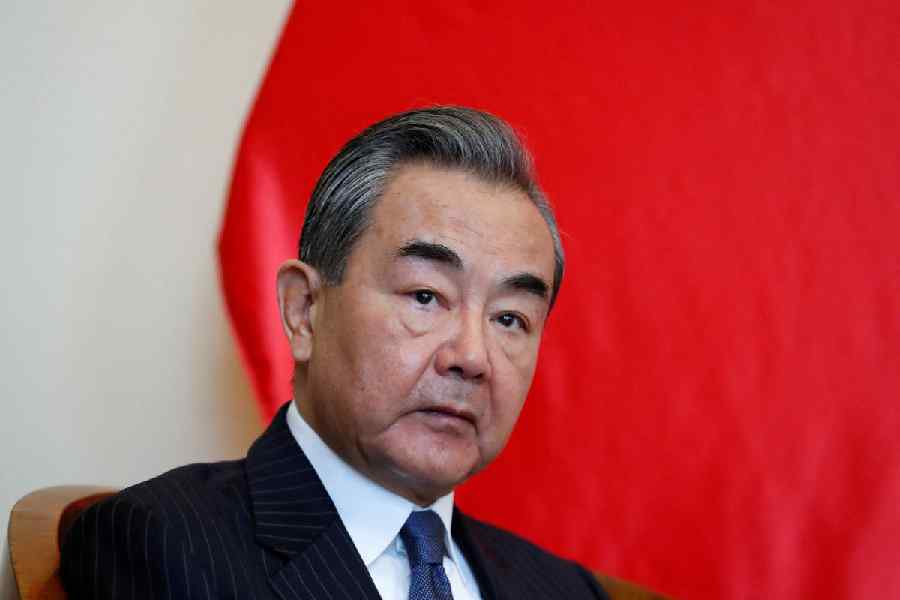 |
| A memorial to the 49th Bengalees at Calcutta’s College Square. (Bishwarup Dutta) |
In quiet parties in officers’ messes of the Indian Army, derision often marks the idea of the Bengali soldier. The Bengali soldier, a particularly carping officer might remark, can barely distinguish the butt from the barrel of a rifle.
For the most part, such comments go back to the idea of martial races that the British shaped following the 1857 uprising, when it was largely the Bengal army that rose in revolt. But the derision also originates from the myths and tragi-comic tales of the only Bengali regiment that was formed and which went to Mesopotamia — now Iraq — for the British in the First World War.
On the eastern side of Calcutta’s College Square, a monument to the 49th Bengalees is the sole reminder of that regiment. The exceptional regiment was reputed to be the only “educated” one of its time, comprising as it did members of the Bengali bhadralok, Hindus and Muslims, drawn from the elite of society.
“But when they joined up,” says military historian Rana Tej Pratap Singh Chhina whose grandfather served in the war, “they realised that waging war was a little more than wearing smart uniforms.”
Kazi Nazrul Islam, Bangladesh’s national poet, was reputed to have served in the regiment. Netaji Subhas Chandra Bose is said to have been rejected for recruitment into the 49th Bengalees because of poor eyesight. Subedar Major Shalindranath Basu, probably related to the family of former Bengal chief minister Jyoti Basu and a former secretary of Mohun Bagan club, was a Viceroy’s Commissioned Officer (VCO) in the regiment.
Among the other bhadralok soldiers were Kumar Adhikram Mazumdar, a lawyer, Khaza Habibullah, a nawab of Dhaka, and businessman Ranoda Prosad Saha.
The regiment was raised, despite the British having by then categorised Bengalis as a non-martial race, because the elite of society led by Surendranath Banerjee, founder of the Indian National Association and later leader of the Indian National Congress, demanded recognition for having served His Majesty.
They also hoped that being in the service of His Majesty would take India closer to self-rule. Some historians argue that the British temporarily abandoned the martial race theory to accommodate the Bengalees because of the manpower they needed to overcome the massive losses at the beginning of the Great War in Mesopotamia.
In other words, the Bengalees were, like the Punjabis or the Sikhs, also cannon fodder. But they were more eager and less capable.
The 49th Bengalees were trained in Karachi and despatched to Mesopotamia in August 1917, reaching there in September.
“It was a typically Bengali evening full of songs and speeches, emotion and elation plus an abundance of sweets and snacks...” wrote General Joyanto Nath “Mucchu” Chaudhuri, who was Chief of Army Staff from 1962 to 1966, of the farewell.
“Unfortunately, they went to Mesopotamia, the First World War’s most ill-managed campaign where they mutinied. And that was the end of Bengal’s Double Company (another name for the 49th).”
The 49th never really saw action. They were put on guard duties at the Tamminah Royal Air Force base. They were part of the Indian Expeditionary Force “D” to be deployed in Mesopotamia against the Turkish. An estimated 32,000 officers and soldiers, most of them Indian, died in Mesopotamia.
Most of the deaths, probably, were not caused by combat but by disease. A commanding officer of the brigade to which the 49th was assigned found during an inspection that only about 65 of the 49th Bengalees were healthy enough for war. He is reported to have divided the Bengalees into three sections named “The Measles Squad”, “The Whooping Cough Squad” and “The Scarlet Fever Squad”.
Subsequently, tensions arose within the ranks, unused as they were to the swampy and dry desert conditions of the country. Among the seniors — none were King’s Commissioned officers, of course — the Brahmins and the Kayasthas did not see eye to eye over promotions. And, worse, Subedar Major Shalindranath Basu, the senior-most among the Bengalees, and two others, Jamadar R.L. Mukherjee and Subedar A.K. Mitra, were shot by a junior when they were sleeping in their tent.










